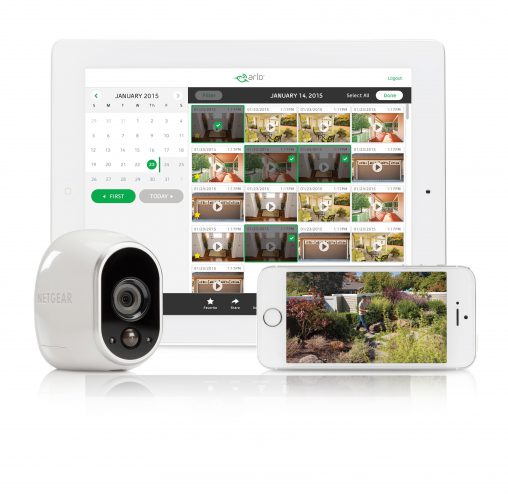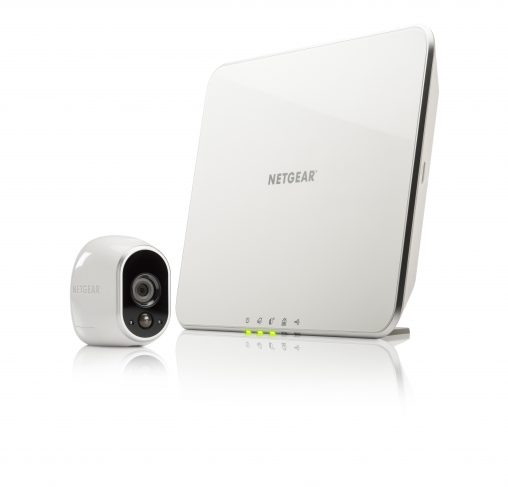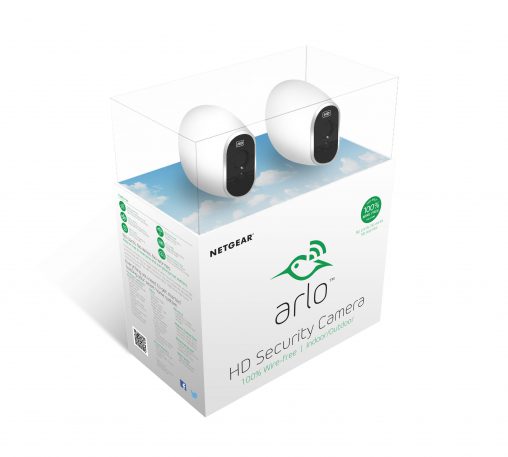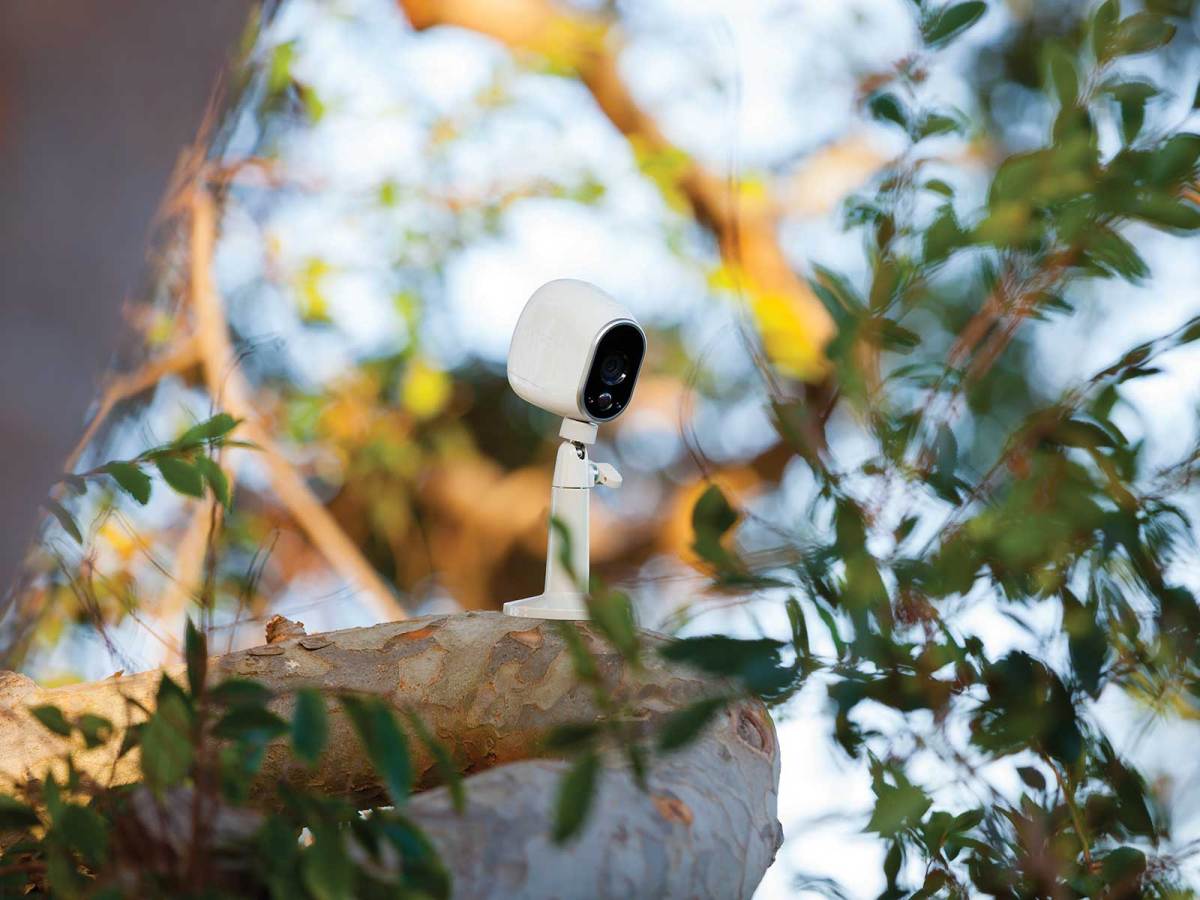
Meet Arlo, Netgear’s smart home security camera. Offering high definition video, Arlo is completely wireless and battery operated, it has night vision and is weatherproof for use outdoors. You can check in on your home or business at any time from the Arlo app, or the camera can be set to start recording if it detects movement and send you an email or app notification.
According to Brad Little, Netgear vice president and managing director ANZ, Arlo will allow retailers to have a fresh conversation with consumers about home monitoring, taking the product out of the security category and into a much bigger home automation market.
This is because as well as being an easy to install secutity solution, Arlo is also the first piece in Netgear’s own ecosystem of Internet of Things (IoT) devices.

“Arlo is more than just a camera; Arlo has an advanced rules engine that makes it a smart home system. So in the future as we integrate and add other devices you’ll be able to trigger and talk to other devices,” said Pat Collins, vice president of smart home products at Netgear.
For example, if an Arlo camera detects motion outside it can switch on a light.
“We will be working on our own devices — of course I can’t disclose our whole road map — but we have our own devices in the works and we have partnerships in the works,” Collins said.
Netgear plans to build its own smart devices to join this ecosystem as well as opening it up to third party developers. The company has a partnership with LiFX, a leading provider of Wi-Fi and mesh radio enabled, multi-colour, LED light bulbs. More compatible product announcements are expected throughout 2015 and beyond.
Building an internet-enabled network of devices is a logical progression for the company, which says it has shipped 84 million routers and modem routers around the word to date.
“With the explosive growth and early adoption of the Internet of Things, consumers are telling us they value smart devices that help them monitor property and loved ones to give them peace of mind,” said Collins.
These consumer desires are reflected in GfK figures.
“As consumers become more tech savvy they increasingly rely on technology to support and manage their lifestyle,” said Norrelle Goldring, spokesperson for GfK Australia. “This is evidenced in Australia where sales of smart devices, when taken together, now outsell traditional devices. Share of Wi-Fi is increasing in almost all technical consumer goods product categories.”
GfK divides IoT devices into four categories: comfort and lighting (devices that enhance your everyday lifestyle), security, energy efficiency and smart entertainment. The fastest growing of these categories is security cameras and home monitoring.
“Globally, the most relevant and right now the quickest growing of all those segments comes down to personal monitoring, the ability to stop and take a look in to what matters to you most. And what matters to you most can be very different amongst all of us,” Little said.
Little suggests that retail floor staff qualify customers by asking them what is important to them? For example pets, kids, home or business security?

Bruce Thierbach JB Hi-Fi, general manager IT and accessories, welcomed Arlo to the market.
“We have entered the growth stage of the ‘Connected Home’”, said Thierbach. “Products that allow us to control and secure our home environment are now finally in the hands of consumers, they will add real value and this is only the start.
“These products, such as lighting system controls, power saving plugs and home security and monitoring devices are easy to set up and they remove the cost of expensive wiring and programing, opening up our customers to the world of Secure, Monitor and Automate.”
The Netgear Arlo Smart Home Security Kits start with one camera (VMS3130) available from RRP $349 and go all the way up to three camera kits from major retailers. Add-on cameras (VMC3030) will be sold separately from $249. Items sold separately require an existing Arlo Smart Home Security Kit.
Related: ‘Planning your smart home of the future is just like solving a Rubik’s Cube’

